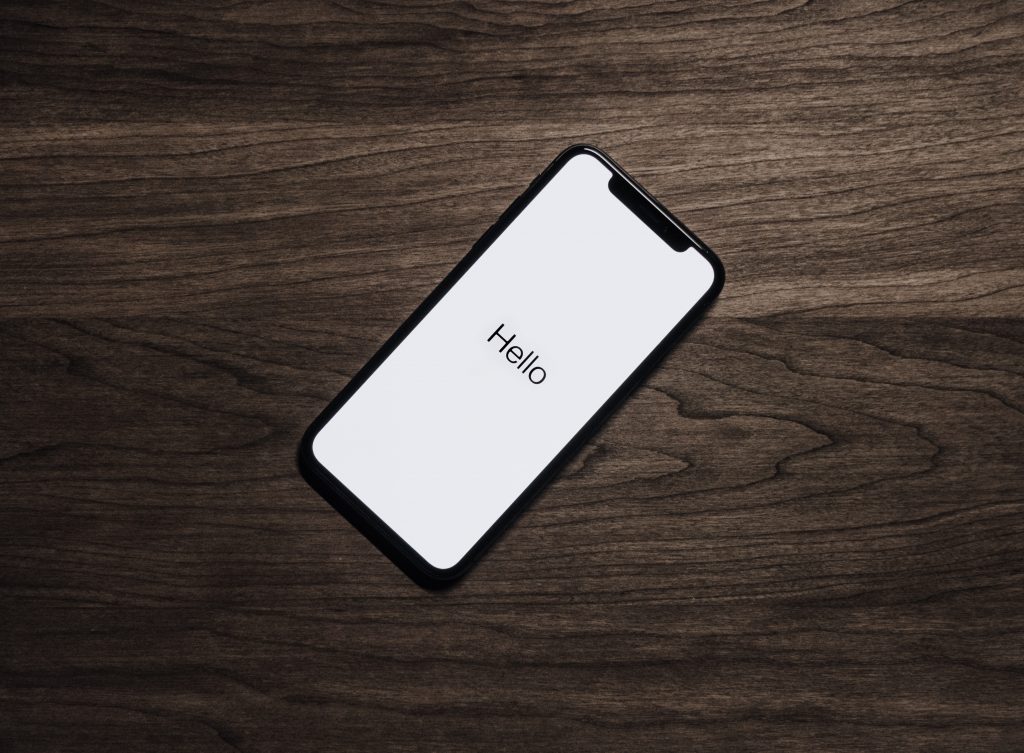Web Design – A Brief History
Learn all about the evolution of web design across the world in this post.
 Now, we may or may not have mentioned that we’ve been around, working in digital things, for a while now. Just over 10 years actually… So, in that time, we’ve seen how quickly web design has evolved. Styles change, trends come in and out of fashion – in this day and age, websites are considered ‘old’ if they’re over 3 years old. With design changing so much, it’s crucial to stay ahead of the game. We speak about change, but how much has changed in web design over the years? Put simply? A lot. The birth of the internet came in 1989, so since then, you can imagine the digital landscape has moved on quite a bit. With laptops, smartphones and tablets making their way into our lives, how much has the internet had to change and adapt? Welcome back to our blog. Revive are back to give you a brief history of the web, and how design has changed over the years. Let’s get started.
Now, we may or may not have mentioned that we’ve been around, working in digital things, for a while now. Just over 10 years actually… So, in that time, we’ve seen how quickly web design has evolved. Styles change, trends come in and out of fashion – in this day and age, websites are considered ‘old’ if they’re over 3 years old. With design changing so much, it’s crucial to stay ahead of the game. We speak about change, but how much has changed in web design over the years? Put simply? A lot. The birth of the internet came in 1989, so since then, you can imagine the digital landscape has moved on quite a bit. With laptops, smartphones and tablets making their way into our lives, how much has the internet had to change and adapt? Welcome back to our blog. Revive are back to give you a brief history of the web, and how design has changed over the years. Let’s get started.
The History of Web Design

1989
You can imagine that the technology at the time of the start of the internet was limited to say the least. Fully black screens displaying nothing but green text seems like a distant memory, but it’s what was available at the time. So, this meant the early websites of 1989 were nothing more than text. You probably can’t call this ‘web design’ as nothing was really designed... It was simply, well, simple. But, the real design work began in the mid 90s.
1995
So, 6 years later, we finally had websites that could display images – in a limited capacity but hey, big step. This is what is considered the TRUE beginning of web design, and it allowed us to look back at the websites in our rear-view mirror without shedding a tear… Designers could now, well, actually design. Their creativity and style could be put into the websites, but there were some faults. See, this is when a term called ‘slicing designs’ came into common place. Basically, it would be a ‘battle’ between developers and designers. Designers creating new layouts but leaving developers to make it work. Developers would spend their time breaking down, or slicing, designs, in an attempt to understand how to apply them to early websites. Ah, JavaScript. Before its inception, the landscape of design was limited. HTML was the default, and by no means left a lot of room for design. Which is where JavaScript came in. Whilst we could bog you down with designer jargon, we won’t… JavaScript is a way to break the restrictive shackles of HTML. It allowed for designers and developers to work in harmony, but, like everything new, it had its bugs and faults. As JavaScript was a separate entity, it had to be layered over separately. BUT, where there was a will, there was a way…
1996
By 1996, we had something that surpassed the limitation of HTML and gave a new level of creativity to designers – more than JavaScript. Flash arrived, and a new era was ushered in. With designers being able to create different shapes, layouts, animations, include alternative fonts and more. And how was this all achieved? Well, the website was created into a file, which was then displayed on a website through Flash. Although the loading times were excruciating, the overall look of a site was pretty good by the standards of the era. BUT, again, these sites weren’t overall ‘search engine friendly’ and took a h*ll of a lot of processing power to display these sites.
1998
CSS, or Cascading Styles Sheets, arrived in 1998. Considered a far more technical and structured approach to web design, then Flash, CSS allows content and design to work together yet separately. Content would be displayed in HTML, making sites search engine friendly, whilst the design and layout would be displayed in CSS. There’s always a downside… The earliest versions had a lot of bugs and it took a while for all browsers to fully support CSS. Now, in an unexpected leap we jump to 2007. It’s not that nothing happened – there were updates and improvements sure, but nothing to warrant a whole paragraph… 
2007
By 2007, we had smart phones and laptops, all capable of connecting and browsing the web. But, what to do when websites weren’t compatible with mobiles. The problem was trying to translate a desktop site into something that was smaller, without compromising on the design and loading as much content – data charges and all that. Honestly, it’s hard to explain how it was done without going into full techy jargon. All you need to know is it worked and was improved upon in the near future.
2010
In 2010, responsive web design was ushered in. It was a new way of approaching mobile sites, without creating up multiple layouts. Whilst it still uses HTML and CSS, it meant that sites would work on mobile devices as well as desktop too. With the world looking for new layout designs pretty quickly, it was decided that the ‘old design’ of sites was no longer beneficial. Which meant, we got Flat Design. Flat design is about having simpler graphic elements, with no drop shadows, fine photography and smooth typography. It’s is still prominent in our design nowadays and is considered a ‘sleeker’ approach to web design. Design moves on, and with no technological advancements, the future of web design is fairly open. Who knows what will come next! All that the team at Revive know is that we create beautiful, on-trend and functional sites.  So, if you’re stuck with a site that looks like it could do with modernising, give us a call.
So, if you’re stuck with a site that looks like it could do with modernising, give us a call.













